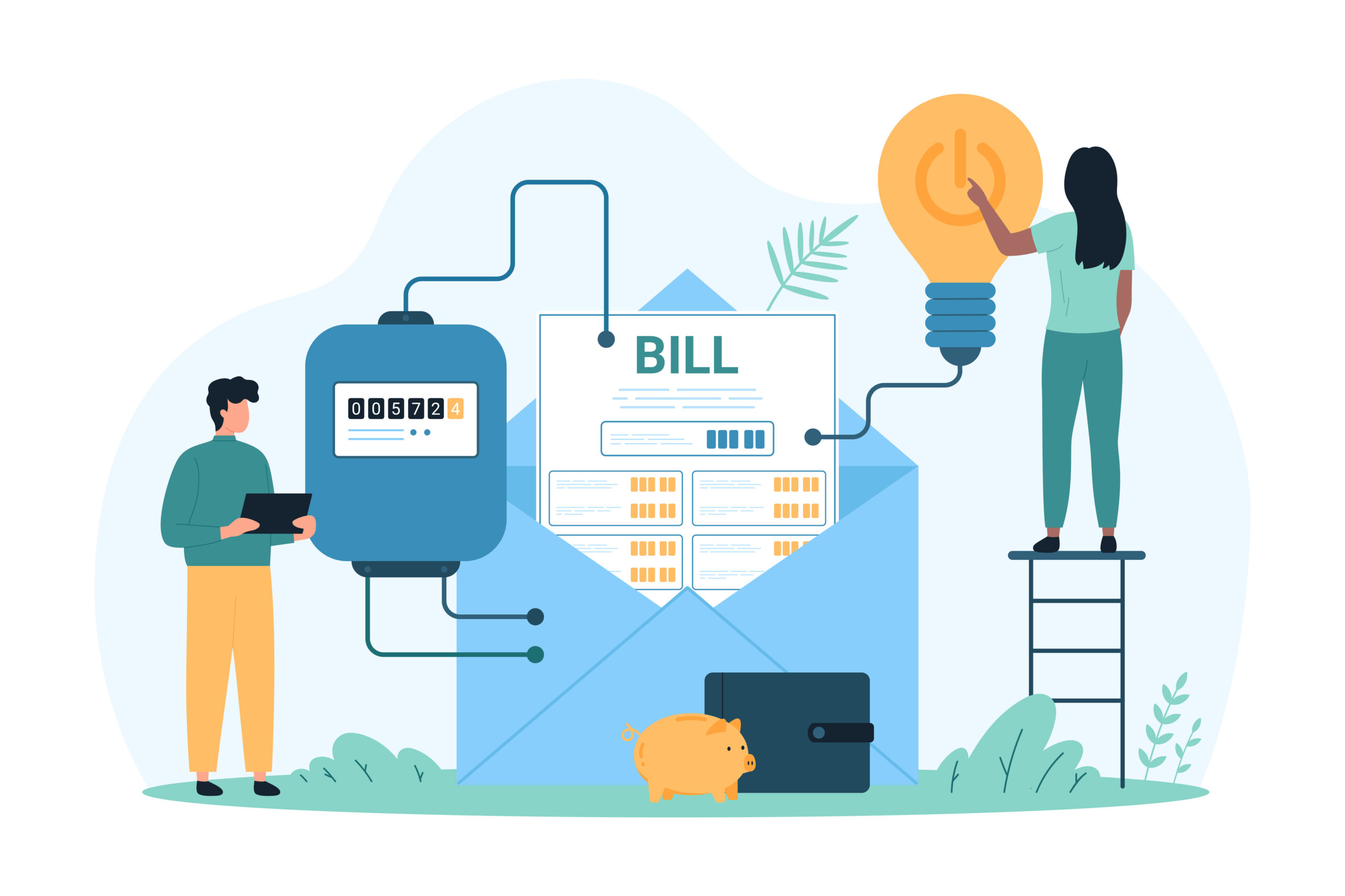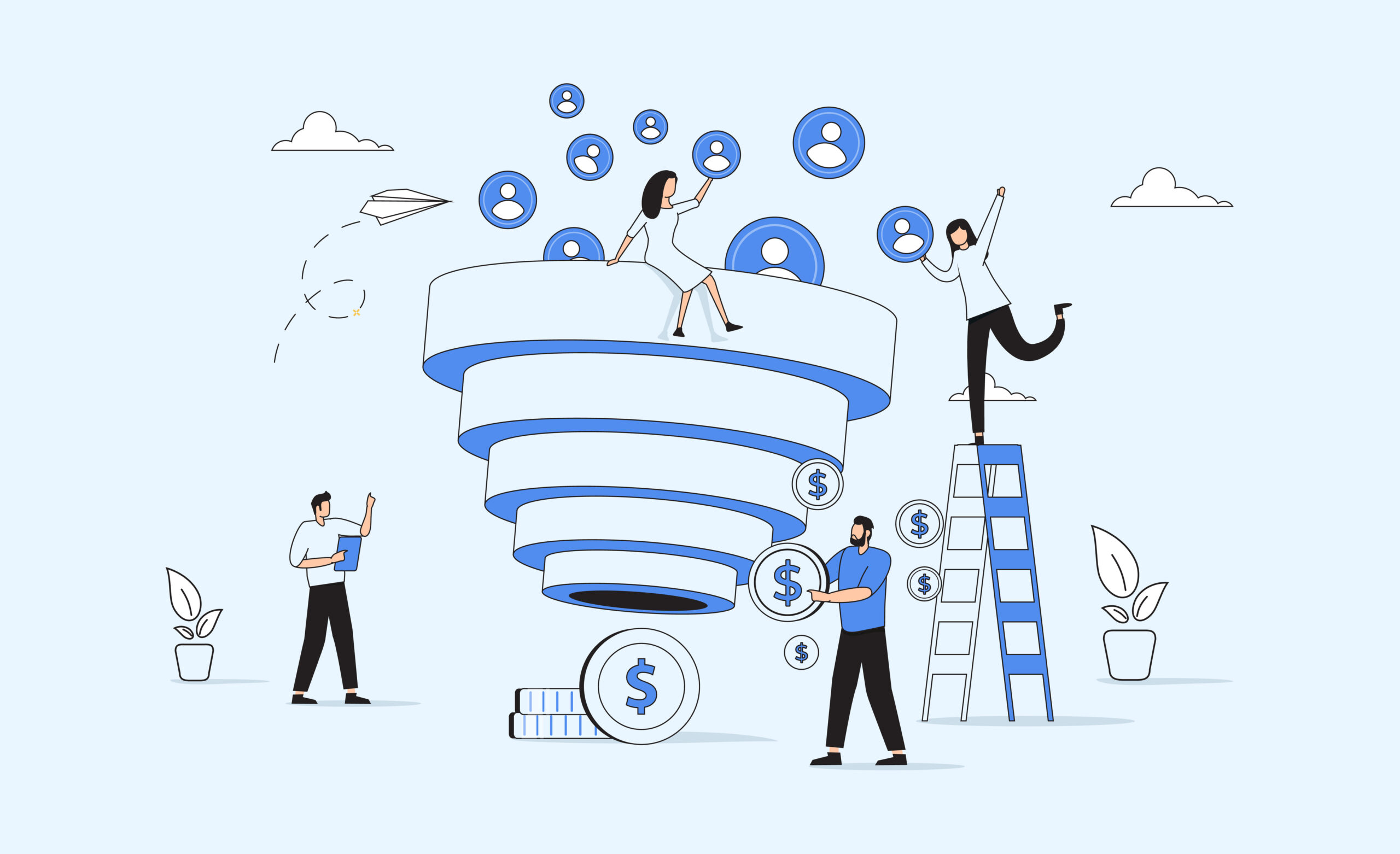Although involved, the request for proposal (RFP) process is an excellent starting point to determine the best fit for your utility program needs. Given the regulatory restraints that complicate the utility industry, RFPs provide an opportunity to identify exactly what you want, define why you need it, and otherwise outline the needs and wants associated with your utility program. An integral step in selecting the distributed energy resource management system (DERMS) that best satisfies the scope of your needs, RFPs are an ideal way to examine the best, most efficient and affordable options germane to starting your demand flexibility initiatives.
What is an RFP?
A request for proposal is a document that solicits collaboration by rigorously detailing the needs of the parties involved. Initiating any RFP starts the bidding process to determine if all parties involved can meet one another’s needs. As such, RFPs are an excellent way to identify who you might work well with or not, any costs associated with your collaboration, and an outline of expectations. While there are no specific requirements for the length or nuance needed in an RFP, presenting a clearly defined outline that identifies the who, when, what, where, why, and how of your proposal is useful in catching the attention of potential partners.
When Are RFPs Needed?
Prior to writing an RFP, research is critical. Is your utility a good fit for the organization you’re submitting to? Will they meet your price point? Does their software scale to meet your needs? If you’re bidding for a DERMS solution, can that platform offer an all-in-one solution that runs everything from demand response BYOD programs to managed charging? What is the timeline to introduce your utility program? What are the device fees associated with your program? More importantly, can your software provider support multiple device types? If so, what types of devices, what are the limitations and costs, and how does that to scale?
As you can see, there are many questions to consider, more so even than those listed here. Putting in that diligence upfront in research will not only inform your RFP draft but can help you plan today for the ever-evolving needs of tomorrow. Let’s take a look at the most common elements needed to write your utility program RFP.
RFP Checklist
In a survey of more than 650 teams across North America, research indicates that RFPs account for an average of 35% of a business’s sales revenue. That same study indicates that top performers—the teams that were the most diligent in their RFP work—win more than 51% of their RFPs. With margins already tight in a regulated industry, minimizing costs at every point is crucial to your long-term success, whether that’s the success of a specific utility program or in the overall bottom line of your utility operation.
A Good Introduction
Your introduction offers an opportunity to demonstrate your industry knowledge, set the tone of your RFP, and, perhaps most importantly, build rapport. In fact, research indicates that around 80-90% of the time first impressions involve evaluating trustworthiness and competence. Remember that developing these business relationships is important not only for this RFP but for any potential future interactions that you might have, whether or not your RFP is accepted.
– Ben Brosnan, Director of Sales Engineering, Virtual Peaker
The introduction for your utility program RFP should include the following:
- Purpose – This is your opportunity to describe the purpose of your proposal, prior to diving into the specifics necessary for your utility program
- Schedule – Set expectations by inserting a schedule for submissions, shortlisting interviews, and a timeline for pertinent decisions
- Submittal of Questions – Describe how respondents submit questions
- Submittal – Describe how respondents submit their proposals
Remember that these introductions serve as abstracts for your RFP, so keep it brief, friendly, and direct.
Project Overview
The project overview section offers a deeper description of the project, as well as the necessary details relevant to the scope and scale of the utility program. While the introduction features a simple abstract, your project overview is useful in expanding on the nuances of your program, prior to enumerating the various technical requirements needed to realize your demand flexibility initiative.
Technical Requirements
At this point, you’re ready to enumerate the various technical elements needed to meet your utility program goals. Developing any program is a multi-faceted process that requires details as they pertain to a variety of topics including:
- Program Design & Marketing Consultation – Consider questions about things like web/portal brand-ability, customer engagement, messaging, and incentives to help define how you’ll engage your potential audience.
- Customer & Device Enrollment – Define whatever distributed energy resources (DERs) you might work with, including the OEM device partners you intend as part of your program.
- Demand Flexibility Event Scheduling – Whether demand response, managed charging, or any other demand flexibility initiative, make sure to get very detailed about how you hope your program to run including, but not limited to, messaging types, how you want events scheduled, or what types of APIs you might need.
- Utility Support – Here, define the types of support services you might require.
- Reporting & Analytics – Make sure to detail the type of reporting and analytical needs.
- IT & Security – Detail the types of security information that you might need to mitigate potential cybersecurity issues.
- Implementation – Outline your timeline expectations for development, program design, customer enrollment, and more.
- Additional Requirements – Take this opportunity to get even more granular in the details needed to run a program with the fine details of your expectations, from peaking shaving needs to program type.
- Additional Services – This section is necessary if, and only if, you have any additional service needs that were left unsaid above. For example, you might consider evaluating and listing any additional products, features, and/or services your selected vendor can provide that are not described in the previous sections.
That’s plenty to digest, but keep in mind: this is where the rubber hits the road. Take this opportunity to outline even the smallest details that you can anticipate, beyond even the questions we’ve enumerated above. Furthermore, make sure that you are clear and detailed in your needs so that you can ensure that your technical expectations are met.
Project Schedule
The project schedule simply provides a calendar in an easily digestible format to help keep the various components of any project on target.
Proposal Instructions
In general, there is no required formatting for any RFP, although our best practices are designed to streamline the process for utility program managers. With that in mind, we recommend:
- Cover Letter – First impressions are critical, and this is the chance to make yours. Remember: you never know what your partnerships may result in.
- Table of Contents & Sections – Using a table of contents breaks up the material, and serves as a quick reference resource.
- Organizational Profile – Make sure to introduce all pertinent organizational information, such as the proper names of companies (including parent companies), number of employees, service offerings, and more to provide an overview of your operation.
- Project Experience & References – If you’ve had prior experiences running a demand flexibility program, list any possible critiques, benefits, or references to help further expand on your expectations.
- Staff Experience – Include the names of all staff assigned to work with the utility including their name, title, and role related to the utility to ensure the proper security requirements are in place.
- Pricing – Every RFP should list any pricing details, including setup, device, ongoing vendor fees, and more.
Selection Process
As the header suggests, the selection process portion of your RFP explains the outcome of your process by providing a timetable for when or if a partnership will be formed. In this section, consider including the following information:
- Process Overview – This is a high-level description of the selection criteria and process.
- General Evaluation Criteria – By providing the general evaluation criteria, you’re offering a grading rubric for your audience to understand how their RFP will be measured.
- Final Presentations – Let your audience know the details of any potential final presentations that may be needed during the vendor selection process.
Utility Program Software Vendor RFP Checklist Conclusion
Between the increased adoption of distributed energy resources, the proliferation of EVs and their subsequent charging needs, and global decarbonization efforts, demand flexibility strategies present an opportunity to lower costly energy spending during peak demand, increase grid resiliency, and enhance customer satisfaction. While the RFP process is involved, it’s useful in establishing exactly the type of utility program that you need.






